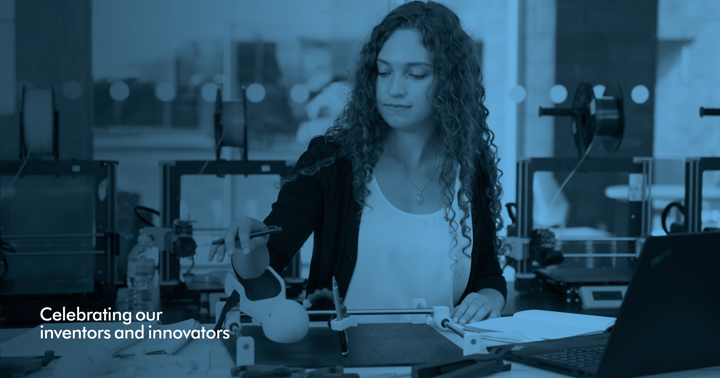Every year, female engineering students from around the world submit ground-breaking inventions to the James Dyson Award. To celebrate female inventors and innovators for this year’s INWED, we are going to look back at some of the brilliant female engineers behind winning entries in last year’s James Dyson Award.
CITRA, The Bio-Leather
Top 20 Finalist from Malaysia, Menlin Ng Aniathul Fitria, who studied at the Universiti Sains Malaysia.
CITRA is a bio-leather made from citrus peels waste. This invention was designed to help solve the fruit waste problem from food production around the world. Read more.
Guided Hands Assistive Device
Top 20 Finalist from Canada, Lianna Genovese, who studied at McMaster University.
Guided Hands is an assistive device that improves the quality of live for people living with limited hand mobility during everyday activities. Read more.
omnom.
National Winner from Hong Kong, Pei-Chi Chang, who studied at The Hong Kong Polytechnic University.
Omnom is a smart, bespoke dining device for care home residents. It increases the safety of residents through performance monitoring. Read more
HOPES (Home Eye Pressure E-skin Sensor)
International Global Winner from Singapore, Kelu Yu and the rest of her team, studied at the National University of Singapore.
HOPES is a wearable bio-medical device for pain-free, low cost, at-home intraocular pressure (IOP) testing. Powered by sensor technology and artificial intelligence, HOPES is a convenient platform for users to test for glaucoma. Read more.
Hae Hae
National Winner from New Zealand, Maisie Panoho, studied at Massey University.
Hae Hae is an inhaler than has been designed especially for children. This invention makes the inhaler more engaging, easier to trigger and hold, as well as easier to understand. Read more.
Tríada
National Winner from Mexico, Laura Alejandra Tovar Gómez, studied at Tecnológico de Monterrey.
Tríada is a cutlery set for people who have a visual impairment. The knife, spoon and fork have a texture for easy identification, allowing the user to identify which cutlery item they are picking up without contaminating the item or injuring themselves. Read more.
To all female engineers – keep designing, keep building and keep testing!



Share this page on
LinkedIn
Facebook
Twitter